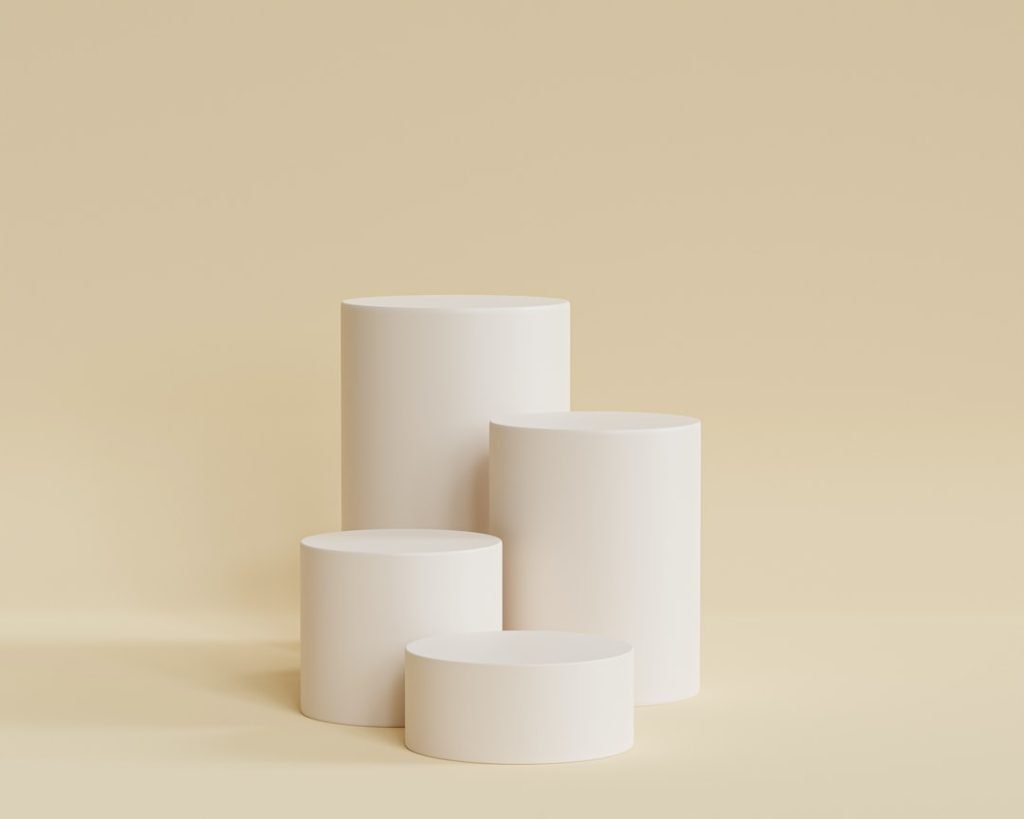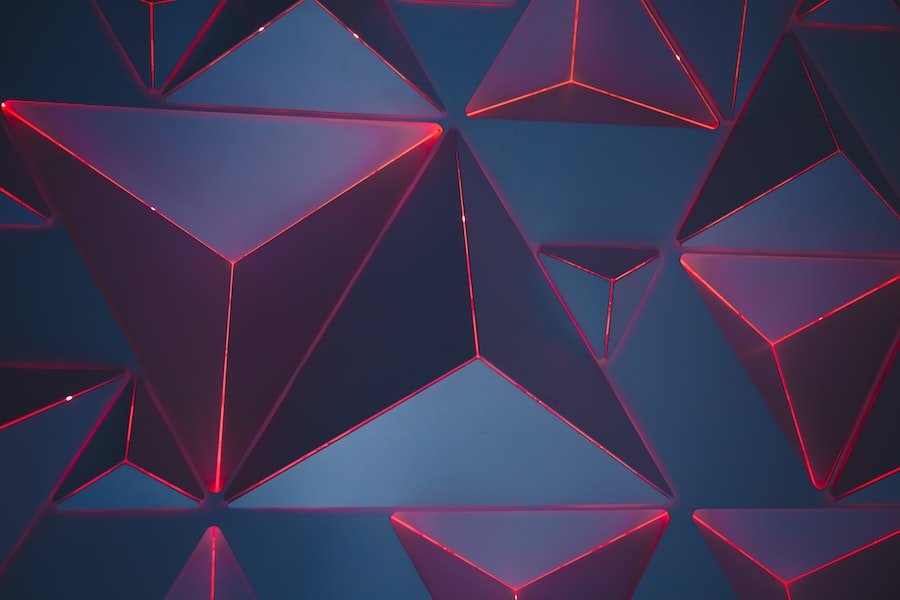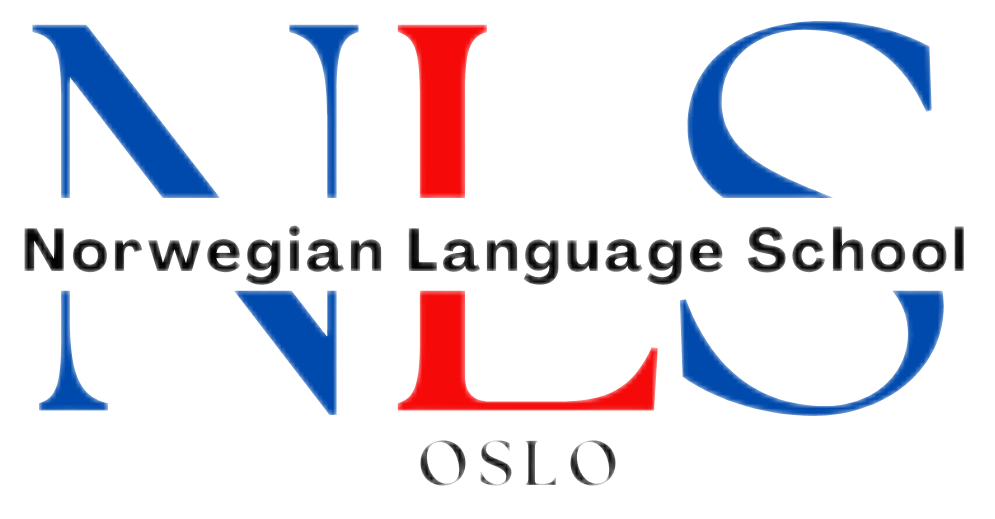

Shapes in German: Circle, Square, Triangle, and More
Learning shapes in German is an essential part of language acquisition. Shapes are not only important for communication, but they also play a significant role in everyday life, art, design, mathematics, and science. Understanding shapes in German allows individuals to describe objects accurately, express ideas creatively, and engage in various fields of study.
Shapes are used in everyday life to identify and categorize objects. For example, a circle can represent a plate or a clock, while a square can represent a window or a book. By learning the names of shapes in German, individuals can effectively communicate and understand the world around them.
In art and design, shapes are used to create visual compositions. Artists and designers use shapes to convey meaning, create balance, and evoke emotions. By understanding shapes in German, individuals can appreciate and analyze artworks and designs from German-speaking countries.
In mathematics and science, shapes are used to study patterns, measure distances, and analyze structures. For example, geometric shapes such as cones, cylinders, and spheres are used to calculate volumes and surface areas. By learning shapes in German, individuals can engage in mathematical and scientific discussions with German-speaking professionals.
Table of Contents
ToggleBasic Shapes: Circle, Square, Triangle
1. Circle (Der Kreis)
The circle is a round shape with no corners or edges. In German, it is called “der Kreis.” Examples of objects that are shaped like a circle include coins (Münzen), wheels (Räder), and plates (Teller). Common phrases and sentences that use the word “circle” in German include “Der Ball ist rund” (The ball is round) and “Die Sonne ist ein großer Kreis” (The sun is a big circle).
2. Square (Das Quadrat)
The square is a shape with four equal sides and four right angles. In German, it is called “das Quadrat.” Examples of objects that are shaped like a square include windows (Fenster), books (Bücher), and tables (Tische). Common phrases and sentences that use the word “square” in German include “Das Zimmer hat vier quadratische Fenster” (The room has four square windows) and “Der Tisch hat eine quadratische Form” (The table has a square shape).
3. Triangle (Das Dreieck)
The triangle is a shape with three sides and three angles. In German, it is called “das Dreieck.” Examples of objects that are shaped like a triangle include roofs (Dächer), road signs (Verkehrsschilder), and pizza slices (Pizzastücke). Common phrases and sentences that use the word “triangle” in German include “Das Haus hat ein dreieckiges Dach” (The house has a triangular roof) and “Das Verkehrsschild hat die Form eines Dreiecks” (The road sign has the shape of a triangle).
Advanced Shapes: Rectangle, Pentagon, Hexagon
1. Rectangle (Das Rechteck)
The rectangle is a shape with four sides and four right angles, but opposite sides are not equal in length. In German, it is called “das Rechteck.” Examples of objects that are shaped like a rectangle include doors (Türen), windows (Fenster), and picture frames (Bilderrahmen). Common phrases and sentences that use the word “rectangle” in German include “Der Raum hat rechteckige Fenster” (The room has rectangular windows) and “Das Bild passt perfekt in den rechteckigen Rahmen” (The picture fits perfectly in the rectangular frame).
2. Pentagon (Das Fünfeck)
The pentagon is a shape with five sides and five angles. In German, it is called “das Fünfeck.” Examples of objects that are shaped like a pentagon include traffic signs (Verkehrsschilder), soccer balls (Fußbälle), and buildings (Gebäude). Common phrases and sentences that use the word “pentagon” in German include “Das Verkehrsschild hat die Form eines Fünfecks” (The traffic sign has the shape of a pentagon) and “Der Fußball hat fünf Ecken” (The soccer ball has five corners).
3. Hexagon (Das Sechseck)
The hexagon is a shape with six sides and six angles. In German, it is called “das Sechseck.” Examples of objects that are shaped like a hexagon include honeycombs (Bienenwaben), snowflakes (Schneeflocken), and nuts (Muttern). Common phrases and sentences that use the word “hexagon” in German include “Die Bienenwaben haben die Form eines Sechsecks” (The honeycombs have the shape of a hexagon) and “Die Schneeflocke hat sechs Ecken” (The snowflake has six corners).
Geometric Shapes: Cone, Cylinder, Sphere
1. Cone (Der Kegel)
The cone is a three-dimensional shape with a circular base and a pointed top. In German, it is called “der Kegel.” Examples of objects that are shaped like a cone include ice cream cones (Eiswaffeln), party hats (Partyhüte), and traffic cones (Verkehrshütchen). Common phrases and sentences that use the word “cone” in German include “Das Eis wird in einer Kegelform serviert” (The ice cream is served in a cone shape) and “Die Verkehrshütchen haben die Form eines Kegels” (The traffic cones have the shape of a cone).
2. Cylinder (Der Zylinder)
The cylinder is a three-dimensional shape with two circular bases and a curved surface. In German, it is called “der Zylinder.” Examples of objects that are shaped like a cylinder include cans (Dosen), glasses (Gläser), and bottles (Flaschen). Common phrases and sentences that use the word “cylinder” in German include “Die Getränkedose hat die Form eines Zylinders” (The beverage can has the shape of a cylinder) and “Das Glas hat einen zylindrischen Körper” (The glass has a cylindrical body).
3. Sphere (Die Kugel)
The sphere is a three-dimensional shape with all points on its surface equidistant from its center. In German, it is called “die Kugel.” Examples of objects that are shaped like a sphere include balls (Bälle), oranges (Orangen), and marbles (Murmel). Common phrases and sentences that use the word “sphere” in German include “Der Ball hat die Form einer Kugel” (The ball has the shape of a sphere) and “Die Orange ist rund wie eine Kugel” (The orange is round like a sphere).
Colors and Shapes in German
Colors and shapes are often used together in German to describe objects, artworks, and designs. By combining colors and shapes, individuals can provide more detailed descriptions and express their preferences.
In German, colors are used as adjectives to describe the shapes of objects. For example, “ein roter Kreis” means “a red circle,” while “ein blaues Quadrat” means “a blue square.” By learning the names of colors in German, individuals can effectively communicate the appearance of objects.
Common color and shape combinations in German include:
– Ein grünes Dreieck (A green triangle)
– Ein gelbes Rechteck (A yellow rectangle)
– Ein schwarzer Kreis (A black circle)
– Ein weißes Quadrat (A white square)
– Ein rotes Sechseck (A red hexagon)
To practice colors and shapes in German, individuals can engage in exercises such as matching colors to shapes, describing objects using color and shape combinations, and creating artworks or designs using specific colors and shapes.
Shapes in Everyday Life: Furniture, Appliances, and Objects

Shapes play a significant role in everyday life, particularly in the design and functionality of furniture, appliances, and objects. By understanding shapes in German, individuals can effectively describe and discuss these items.
In furniture, shapes are used to create comfortable and functional pieces. For example, chairs often have a rectangular seat and four legs, while tables can have a circular or rectangular top. By learning the names of shapes in German, individuals can accurately describe the design and structure of furniture.
In appliances, shapes are used to optimize performance and efficiency. For example, refrigerators often have a rectangular shape to maximize storage space, while blenders can have a cylindrical shape for easy blending. By understanding shapes in German, individuals can discuss the features and functions of appliances.
In everyday objects, shapes are used to serve specific purposes. For example, plates are often circular to hold food effectively, while books are typically rectangular for easy reading. By recognizing shapes in German, individuals can identify and describe the functionality of everyday objects.
Vocabulary and phrases for describing shapes in these contexts include:
– Der Stuhl hat eine rechteckige Sitzfläche und vier Beine. (The chair has a rectangular seat and four legs.)
– Der Tisch hat eine runde Tischplatte und einen stabilen Standfuß. (The table has a round tabletop and a sturdy base.)
– Der Kühlschrank hat eine rechteckige Form und bietet viel Stauraum. (The refrigerator has a rectangular shape and provides ample storage space.)
– Der Mixer hat eine zylindrische Form und ist leicht zu bedienen. (The blender has a cylindrical shape and is easy to use.)
– Der Teller hat eine runde Form und ist ideal zum Servieren von Speisen. (The plate has a circular shape and is perfect for serving food.)
– Das Buch hat eine rechteckige Form und ist angenehm zu lesen. (The book has a rectangular shape and is enjoyable to read.)
To practice identifying and describing shapes in everyday life, individuals can engage in exercises such as labeling furniture and appliances with their corresponding shapes, describing the shapes of objects in a room, and creating a list of objects with specific shapes.
Shapes in Art and Design: Architecture, Painting, and Sculpture
Shapes play a crucial role in art and design, particularly in architecture, painting, and sculpture. By understanding shapes in German, individuals can appreciate and analyze artworks and designs from German-speaking countries.
In architecture, shapes are used to create visually appealing structures. Architects use shapes to convey meaning, create balance, and evoke emotions. For example, the use of circles in the design of a building can symbolize unity and harmony. By learning the names of shapes in German, individuals can discuss the architectural features and styles of buildings.
In painting, shapes are used to create compositions and convey messages. Artists use shapes to organize elements within a painting and create visual interest. For example, the use of squares in a painting can create a sense of stability and order. By understanding shapes in German, individuals can analyze the artistic techniques and themes of paintings.
In sculpture, shapes are used to represent forms and textures. Sculptors use shapes to mold materials into three-dimensional artworks. For example, the use of triangles in a sculpture can create a sense of movement and energy. By recognizing shapes in German, individuals can appreciate the craftsmanship and creativity of sculptures.
Vocabulary and phrases for describing shapes in these contexts include:
– Die Kirche hat eine runde Kuppel und viele rechteckige Fenster. (The church has a round dome and many rectangular windows.)
– Das Gemälde enthält viele bunte Quadrate und Dreiecke. (The painting contains many colorful squares and triangles.)
– Die Skulptur besteht aus vielen kleinen Kugeln und zylindrischen Formen. (The sculpture is made up of many small spheres and cylindrical shapes.)
– Der Architekt hat die Formen des Gebäudes geschickt kombiniert, um eine einzigartige Struktur zu schaffen. (The architect skillfully combined the shapes of the building to create a unique structure.)
– Der Maler hat die Formen im Gemälde geschickt angeordnet, um eine harmonische Komposition zu erzeugen. (The painter arranged the shapes in the painting skillfully to create a harmonious composition.)
– Der Bildhauer hat die Formen der Skulptur geschickt modelliert, um eine realistische Textur zu erzeugen. (The sculptor molded the shapes of the sculpture skillfully to create a realistic texture.)
To practice identifying and describing shapes in art and design, individuals can engage in exercises such as analyzing the shapes used in famous artworks, creating their own artworks using specific shapes, and visiting museums or galleries to observe and discuss the shapes used in various artworks.
Shapes in Mathematics and Science
Shapes are fundamental to mathematics and science, as they are used to study patterns, measure distances, and analyze structures. By understanding shapes in German, individuals can engage in mathematical and scientific discussions with German-speaking professionals.
In mathematics, shapes are used to study geometry and trigonometry. Geometric shapes such as circles, squares, and triangles are used to calculate areas, perimeters, and angles. For example, the formula for the area of a circle is “A = πr²,” where “A” represents the area and “r” represents the radius. By learning the names of shapes in German, individuals can solve mathematical problems and equations.
In science, shapes are used to study structures and forms. Scientists use shapes to analyze the properties and behaviors of objects and organisms. For example, the shape of a DNA molecule is a double helix. By recognizing shapes in German, individuals can discuss scientific concepts and theories.
Vocabulary and phrases for describing shapes in mathematics and science include:
– Der Umfang des Kreises kann mit der Formel “U = 2πr” berechnet werden. (The circumference of the circle can be calculated using the formula “U = 2πr.”)
– Das Volumen des Zylinders kann mit der Formel “V = πr²h” berechnet werden. (The volume of the cylinder can be calculated using the formula “V = πr²h.”)
– Die DNA-Moleküle haben die Form einer Doppelhelix. (The DNA molecules have the shape of a double helix.)
– Die Kristalle haben eine regelmäßige geometrische Form. (The crystals have a regular geometric shape.)
– Die Pflanzenzellen haben eine rechteckige Form . (The plant cells have a rectangular shape.)
FAQs
What are the basic shapes in German?
The basic shapes in German are circle (Kreis), square (Quadrat), triangle (Dreieck), rectangle (Rechteck), and oval (Oval).
How do you pronounce the German word for circle?
The German word for circle is “Kreis” and it is pronounced as “krais”.
What is the German word for square?
The German word for square is “Quadrat”.
How do you say triangle in German?
The German word for triangle is “Dreieck”.
What is the German word for rectangle?
The German word for rectangle is “Rechteck”.
What is the German word for oval?
The German word for oval is “Oval”.
Are there any other shapes in German?
Yes, there are many other shapes in German such as trapezoid (Trapez), rhombus (Raute), pentagon (Fünfeck), hexagon (Sechseck), and octagon (Achteck) among others.
If you want to learn German, you can register for classes here. We look forward to hearing from you and helping you become fluent in German!
If you want to learn Norwegian, you can register for classes here. We look forward to hearing from you and helping you become fluent in Norwegian.





